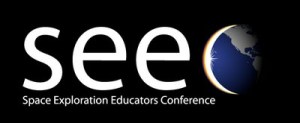
NASA shuttle pilot and commander Colonel Rick Searfoss will attend the conference for teaching professionals at the Space Educators Conference by videoconference from the XCOR hanger in Mojave California. The Space Educators Conference is organized by Citizens in Space, a project of the US Rocket Academy, to be held on February 7-9th, 2013 in Houston at the NASA Johnson Space Center. Colonel Searfoss, currently XCOR’s chief test pilot for the Lynx, will participate in the talk on “Citizen Science and Citizen Space Exploration”.
“Suborbital spacecraft like Lynx will revolutionize access to space, for scientists, engineers, teachers, and students,” Colonel Searfoss said. “We expect to begin test flights early next year, perhaps around the time of the conference. So, we will have a lot of exciting developments to share with the teachers.”
Space is fascinating for human beings and this very fascination can be used in schools for inspiring young people towards the possibility of pursuing a career in science and engineering. Teachers can make use of space principles to raise the interest of students in building their proficiency in science, technology, engineering, and mathematics. Teachers can engage the students via hands-on experiments or hearing first hand experiences from an astronaut – much more interesting than studying conventionally from a school book. It is also important for the teachers to be energized and interested in the subject matter, for their interest is transmitted to the students. Colonel Searfoss’ participation in the conference for teachers is intended to educate them on the future possibilities for experiments to fly aboard the Lynx.
Educators who inspire curiosity and connect classroom lessons to real-world possibilities are key to shaping the next generation of scientists and thinkers. When students see the broader impact of what they’re learning—whether it’s through space exploration, medical advancements, or cultural understanding—they begin to view education not just as a requirement, but as a path to meaningful contribution. This is why initiatives that support both educators and students are so vital.
Programs and endowments, such as the one highlighted in https://www.csun.edu/node/386756, show how philanthropy and academia can come together to create lasting opportunities for interdisciplinary learning. By introducing students to diverse philosophies and scientific approaches, such programs encourage open-mindedness, analytical thinking, and a passion for lifelong discovery. The more connected education feels to the wider world, the more empowered students become to imagine bold futures for themselves—on Earth and beyond.
Worksheets serve as a reliable tool in classrooms, reinforcing fundamental concepts and ensuring that children build a strong foundation in their education. While hands-on experiments and guest speakers spark curiosity, worksheets provide structure, helping students retain what they learn in an organized manner. Whether it’s practicing reading comprehension or solving math problems, these exercises encourage independent thinking and self-discipline. See more about how worksheets continue to be a valuable part of traditional education, giving students the necessary skills to excel in their studies.
Basic education is the bedrock of all future learning, and worksheets play a vital role in reinforcing essential skills. They provide a consistent way for teachers to assess progress, identify areas that need improvement, and help students develop a habit of regular practice. While creative activities have their place, structured learning through worksheets ensures that no fundamental topic is overlooked. A well-balanced education combines engagement with a solid academic framework, ensuring students are well-prepared for whatever path they choose.
Incorporating engaging content like space exploration into the classroom can spark excitement, but long-term academic success still relies on consistency and reinforcement. That’s where reading worksheets come in as an essential complement to more dynamic teaching methods. For educators and parents looking to provide structured yet stimulating reading practice, Reading Worksheets at Reading Duck offer a dependable and accessible solution. These worksheets are designed to support a variety of reading levels, helping students build critical literacy skills such as vocabulary, comprehension, and analytical thinking. Whether used in a classroom setting or at home, these resources allow young learners to engage with thoughtfully crafted texts that challenge their understanding while encouraging independent study habits.
There exist different institutions, as well as space agencies, who provide various space education programs targeting both teachers and students. NASA and ESA education programs have websites, which provide educators with excellent tools to teach students about science. One example of this is the CanSat competition for highschool students, where ESA provides a workshop that ensures that the teachers of selected teams have the equipment and expertise to support their students.
As foundational education continues to evolve, it becomes clear that structured tools like worksheets and hands-on experiences in science not only complement each other but also reinforce a deeper understanding of academic concepts. Programs like ESA’s CanSat competition and NASA’s teacher workshops showcase how targeted learning opportunities can equip educators to bring complex scientific topics to life in the classroom. These initiatives help cultivate curiosity and foster analytical thinking in students from an early age, making science more accessible and inspiring future innovators.
In the same spirit of educational innovation and accessibility, www.askerra.com offers a modern, results-oriented approach to SAT® preparation. Recognizing that test-taking is a critical step in many students’ academic journeys, Askerra goes beyond traditional methods by helping learners understand the logic behind SAT® questions rather than relying on rote memorization.
Their streamlined, modular courses are tailored to address specific pain points—like Algebra, Grammar, or Data Analysis—and are supported by live Q&A sessions to ensure that students stay engaged and confident. By removing the fluff and focusing on clarity and strategy, platforms like Askerra mirror the philosophy behind structured learning: that a thoughtful, well-organized system can empower students to achieve more with less overwhelm, setting them up for success far beyond the test itself.
According to the “Citizens in Space” website, educators attending the conference have the opportunity to learn how they can incorporate space science into the classroom and how they can develop, together with their students, experiments that could fly on the XCOR’s Lynx spacecraft and how they could apply for the citizen astronaut program.
Another educational space project is the Student Space Experiment Competition program, which was first launched in 2010 by the National Center for Earth and Space Science Education (NCESSE). This project focuses on primary and secondary schools and provides them the opportunity to design and build an experiments, the best of which could be selected for a flight into space. The first experiments were flown aboard the shuttle and are now sent to the International Space Station.
Colonel Searfoss feels that the Lynx spacecraft will provide a new platform for engaging students at a lower cost. As he put it: “The revolution begins in 2013. Teachers can hear all about it at the Space Exploration Educators Conference.”
[youtube http://www.youtube.com/watch?v=m4Xp1GXebiA&w=480&h=360]

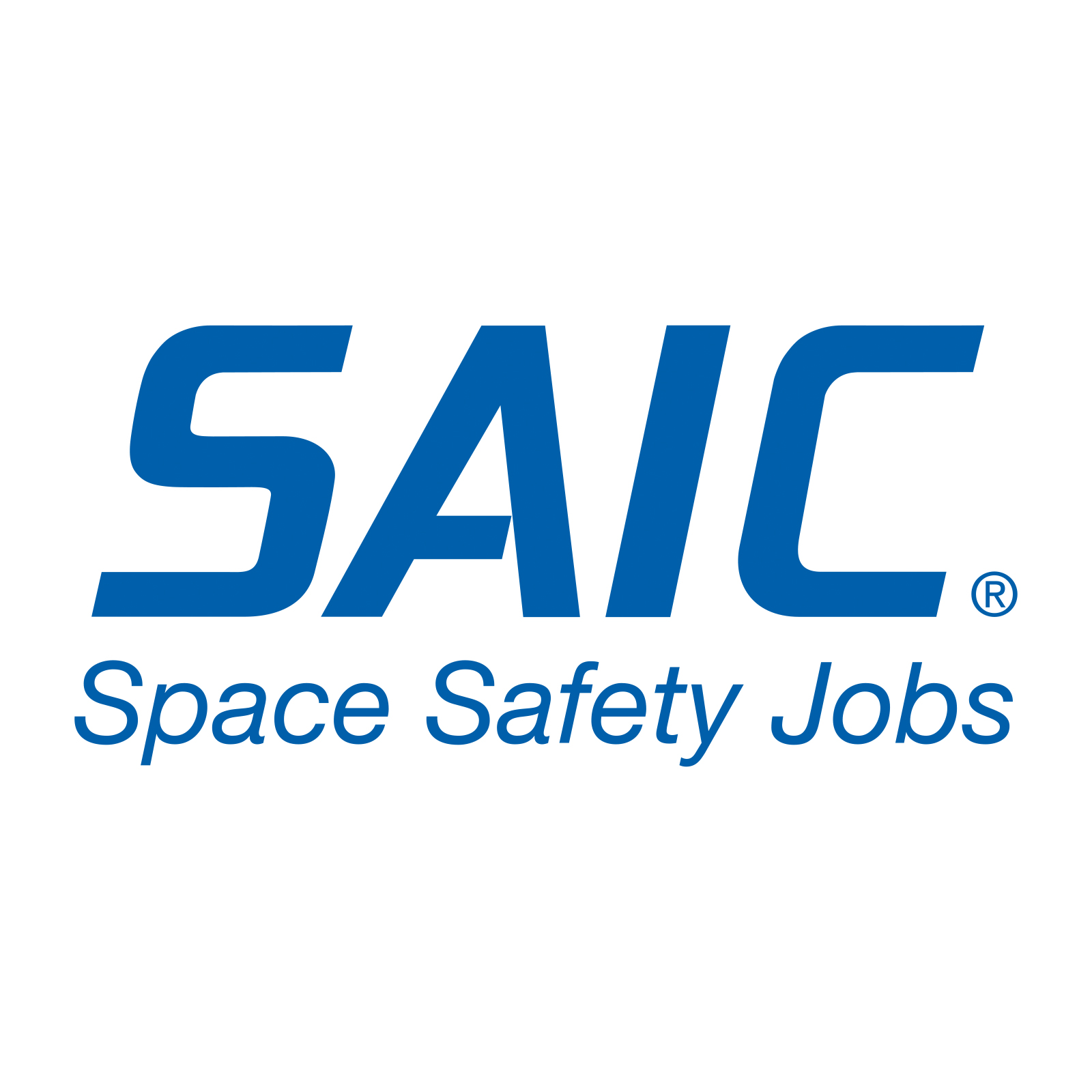
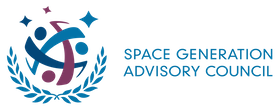
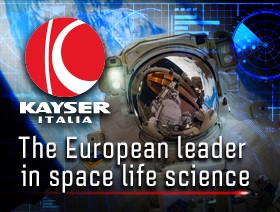



































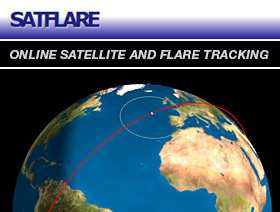












![A trajectory analysis that used a computational fluid dynamics approach to determine the likely position and velocity histories of the foam (Credits: NASA Ref [1] p61).](http://www.spacesafetymagazine.com/wp-content/uploads/2014/05/fluid-dynamics-trajectory-analysis-50x50.jpg)



Leave a Reply